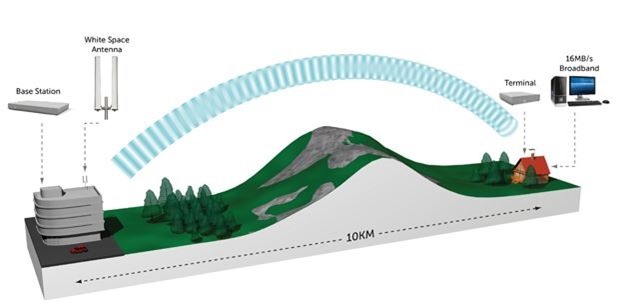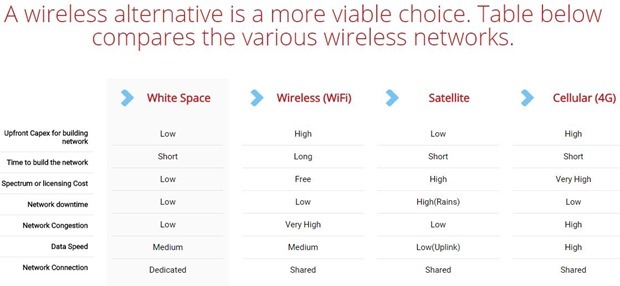Historic First: DoT, I&B Ministry Agree To Use White Space Spectrum For Mobile Services; 4G Speed in India May Boost Up

In a historic decision, both Department of Telecom (DoT) and Ministry of Information & Broadcasting have decided to use White Space spectrum in India for providing advanced mobile services. Thus, over 200 MHz of unused airwaves, which were originally allocated for broadcasting services, would be now used for telecom operations.
This may signal a new era of advanced, high speed Internet services via mobile in India; thereby further propelling the mCommerce and digital industry in the country.
The majority of this unused White Space spectrum lies with Prasar Bharati, which was initially earmarked for usage by Doordarshan. However, both DoT and I&B Ministry has joined hands, and requested International Telecom Union (ITU) to allocate this unused spectrum between 470-698 MHz for mobile services.
A top rank Govt. official has shared with PTI: “Doordarshan may not need entire spectrum between 470-698 MHz. Once ITU decides it to be allocated for mobile services in the Asian region, DoT will pitch for it to be deployed for wireless broadband services,”

Historic Collaboration for Advanced Digital India
As per various insider sources, this collaboration between DoT and I&B Ministry is historical to say the least, as its for the first time that they both have joined hands for optimal usage of the unused spectrum.
The process had started early this week, when Indian delegation at the World Radio communication Conference (WRC) in Geneva conveyed this special request to ITU. As per internal communications accessed by media, it was revealed that DoT & I&B had jointly urged ITU to release a clutch of key frequency bands in the range of 1427-1518 MHz, the 3300-3400 MHz, and 3400-3600 MHz. These frequencies can considerably increase up 3G and 4G data speeds.
One of the internal memos stated: “The Indian administration supports the identification of frequency bands…to achieve the objective of development of an ecosystem for implementation of international mobile telecommunications (IMT),”
The whole process of developing such eco-system for enhancing existing telecom networks using White Space may need 4-5 years.
Evidence That Proves Something Big Is Brewing Up at DoT
We accessed DoT’s ‘Foreign Training Notification’ page on their website, and found an interesting Japan based training lined up for their technicians: “Training Course on Digital Divide Resolution at Rural Areas by Utilizing Television White Space.” This training was conducted between 9th and20th November, and was conducted by Japan Telecommunications Engineering and Consulting Service (JETEC).
This proves that DoT is indeed serious about using the White Space, and they have some long term plan regarding its usage to push Indian Mobile broadband services.
Usage of White Space for offering advanced, high speed mobile broadband services is an interesting subject, which has attracted quite a lot of attention lately.
Microsoft aims to provide free Internet across India, using this White Space, meanwhile a Bengaluru based startup has already made a postage sized chip, which can change rural Internet services using White Space technology.
However, challenges still exist, as ITU may or may not allocate these unused spectrum, citing International differences. Although Doordardshan and Prasar Bharti has vacated 700 MHz of such unused airwaves, things can move slowly. But atleast the process has started.
Summing up this historical change, COAI Director General Rajan S Mathews said “At WRC, India supported inclusion of 470-698 MHz for international mobile telecommunications (IMT) service area. It is a good step forward, especially for broadband coverage in rural areas.. Now, the world knows India’s stand. We will see companies approaching us for developing its ecosystem here.”
We will keep you updated as more details come in.
[Header Image: FierceWireless Tech]
